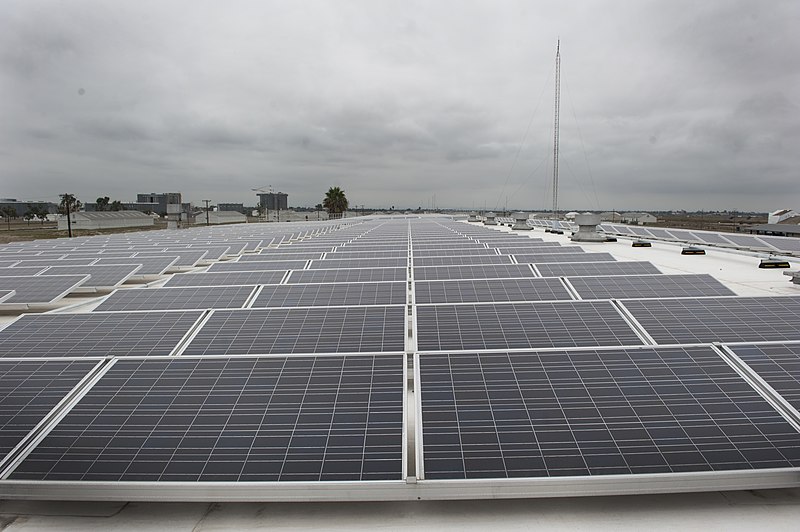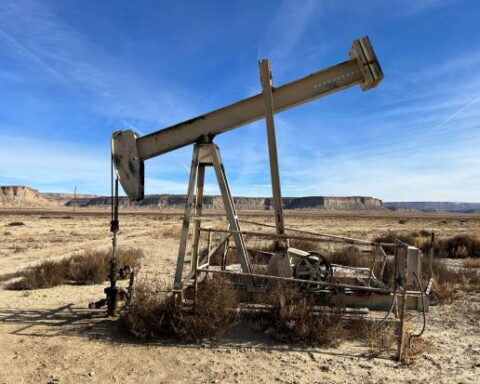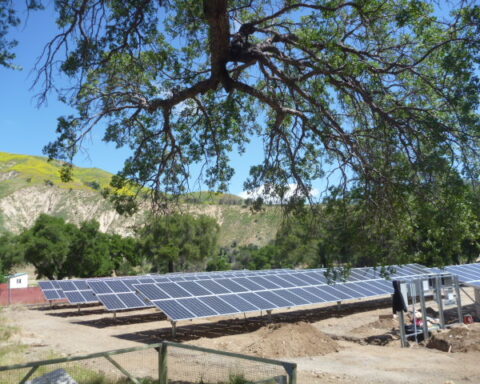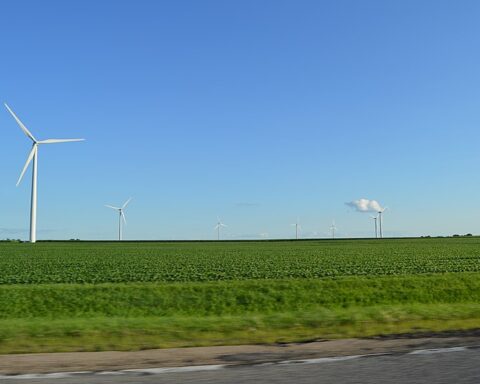The U.S. Department of Energy has announced its plans to invest more than $100 million in multiple funding opportunities to prepare the grid for a net zero economy as well as a $331 million commitment to adding more than 2,000 megawatts of grid capacity throughout the western United States.
The DOE on Thursday also said it was cutting regulatory hurdles for energy storage, transmission and solar projects, including issuing a final rule that slashes transmission review timelines to fast-track permitting for projects.
The multiple funding opportunities designed to improve the grid’s functioning are for field demonstrations and other research to support better planning and operation, the DOE said.
The $100 million investment will also help optimize systems with grid-connected buildings and vehicles powered by clean, distributed energy generation, the DOE said.
“To deploy clean energy faster across the U.S., we need to bring more local, renewable sources onto the grid,” said Jeff Marootian, principal deputy assistant secretary in the Office of Energy Efficiency and Renewable Energy. “Better built environments will make clean energy more affordable and accessible, and create a more secure, resilient energy future for the American people.”
The U.S. electric grid is moving from a system in which power flows only from big generators to end users to one that is bidirectional, enabling a two-way flow of electricity from end user to the grid and back, the DOE said.
Technologies such as rooftop solar, electric vehicles and storage can increase grid resiliency but also add complexity and new challenges to the system.
The $331 million investment will support a new transmission line from Idaho to Nevada. Expanding electric transmission capacity in the United States is essential to meet growing demand for electricity, ensure reliable and resilient electric service and deliver new low-cost clean energy to customers, the DOE said.
The DOE’s final rule will establish the Coordinated Interagency Transmission Authorizations and Permits (CITAP) Program to expedite federal environmental reviews and permitting processes for transmission projects.
The CITAP Program will consolidate federal environmental reviews and authorizations within a standard two-year schedule. The final rule implements a May 2023 interagency memorandum of understanding to expedite the siting, permitting, and construction of electric transmission infrastructure in the United States.
The DOE also said it was changing review processes for several categories of projects:
- Simplifying the environmental review process for building, operating, upgrading or decommissioning battery or flywheel energy storage systems located in or near areas that have already been developed.
- Removing existing limitations on the length of existing powerlines that are eligible for the simplest form of National Environmental Policy Act review. Developers will have the option to relocate within land already allocated to or developed for their power line. Upgrades or rebuilds of the line will be required to incorporate best practices to protect the local environment.
- Increasing the size of solar projects that qualify for the simplest environmental reviews under NEPA.

U.S. Navy photo by Mass Communication Specialist 2nd Class James R. Evans

















